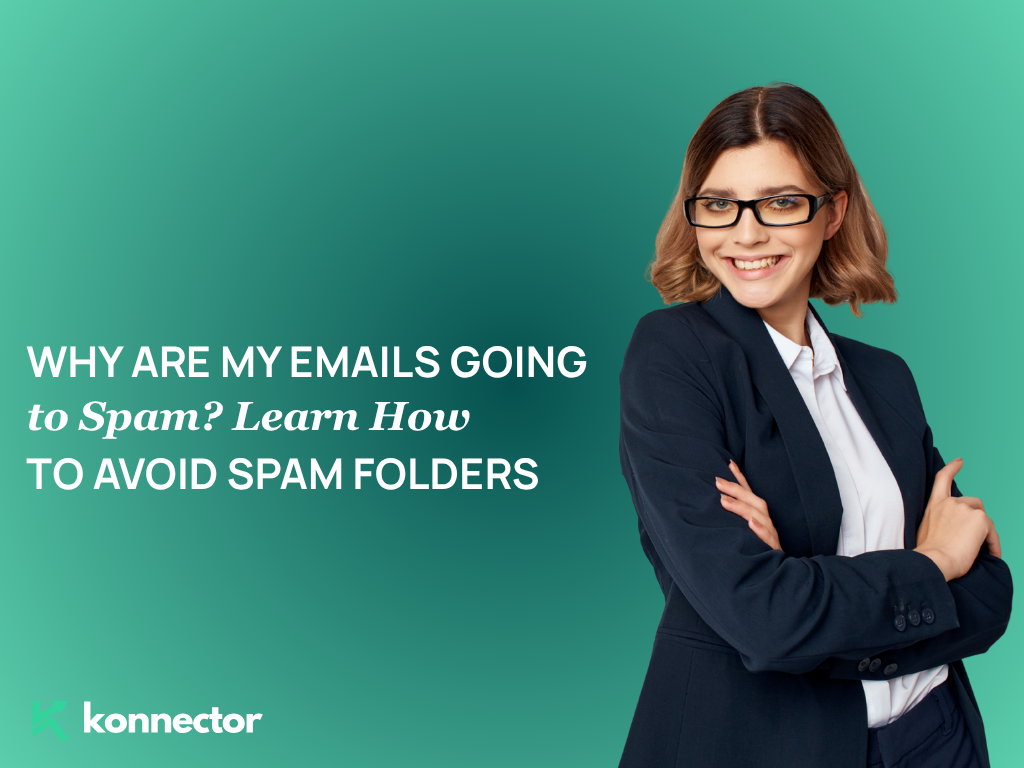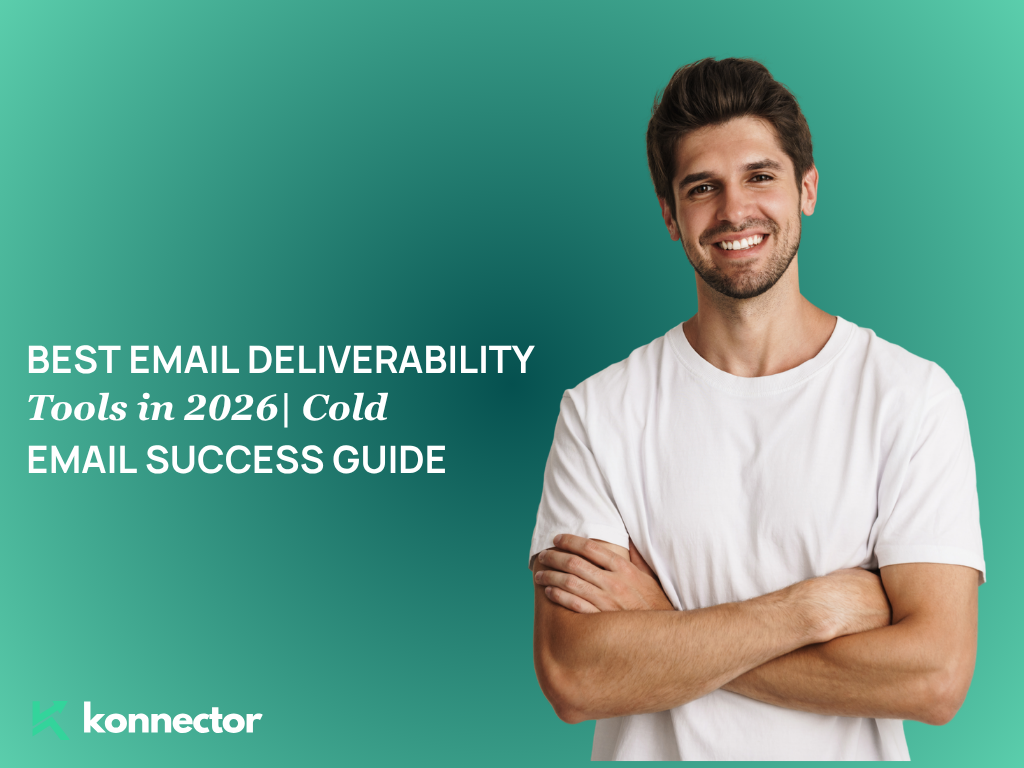Mastering LinkedIn Follow-Up Messages: Templates, Strategy, and Outreach Success
When it comes to professional networking, LinkedIn is unmatched in its ability to connect you with decision-makers, partners, and future clients. But let’s face it—sending a single connection request or message is rarely enough to spark a real relationship. The secret to unlocking new opportunities on LinkedIn lies in how you follow up. Whether you’re in sales, job hunting, or simply expanding your network, a smart LinkedIn follow-up strategy will set you apart from the crowd.
Why Are LinkedIn Follow-Up Messages Essential?
The first message you send on LinkedIn is just the beginning. Most people are busy, and it’s common for messages to get lost or put off for later. Following up (politely and professionally) shows you’re genuinely interested, persistent, and respectful of their time.
- Boosts response rates: Many people reply only after a second or third message.
- Builds relationships: Following up gives you a chance to add value and keep the conversation going.
- Shows professionalism: Consistent communication reflects well on your personal brand.

When to Send a LinkedIn Follow-Up Message
Timing is everything. A good rule of thumb is to follow up 3–5 business days after your initial outreach. If you’re nurturing a lead or conversation, space out your follow-ups and adjust the timing based on their role, industry, and urgency.
- After sending a connection request: Wait 1–2 days after they accept, then send a warm, non-salesy note.
- After your first message: Wait 3–5 days, then follow up if you haven’t heard back.
- Ongoing conversations: If they’re engaged, use your follow-ups to add value, share content, or offer help—not just to “check in.”

How to Write Effective LinkedIn Follow-Up Messages
- Keep it concise: Busy professionals appreciate messages that get to the point.
- Personalize: Reference something from their profile, your previous conversation, or their company news.
- Add value: Share a relevant article, event, or insight rather than asking for a favor right away.
- Have a clear CTA: Make it easy for them to reply—ask a specific question or suggest a next step.
- Stay positive and polite: Never sound entitled or impatient.
Top LinkedIn Follow-Up Message Templates
Here are tried-and-tested LinkedIn message templates for every stage of your outreach:
1. Connection Accepted: Warm Thank-You
Hi [First Name], Thank you for connecting! I enjoyed reading about your experience at [Company/Project]. Looking forward to learning more about your work and sharing insights.
2. First Follow-Up (No Response)
Hi [First Name], Just wanted to follow up on my last message. I know things get busy, so if now’s not the right time, no worries. If you’re open to connecting about [your topic/purpose], I’d love to hear your thoughts!
3. Adding Value or Resource
Hi [First Name], I recently came across this [article, report, tool] about [topic] and thought it might be useful for your work at [Company]. Let me know if you find it helpful!
4. Event or Webinar Invitation
Hi [First Name], I’m reaching out because we’re hosting a [webinar/event] on [topic] next week. I thought it might be relevant to your interests in [industry/role]. Let me know if you’d like a registration link.
5. Direct Request for Call or Meeting
Hi [First Name], If you’re available, I’d love to set up a quick call to exchange ideas about [shared interest]. Would next week work for you?
6. Gentle Close (After 2–3 Messages with No Reply)
Hi [First Name], I understand you’re busy—if now’s not the right time, I completely understand. I’m here if you ever want to connect about [topic] in the future. Wishing you continued success!
LinkedIn Follow-Up Strategy: Best Practices for 2025
- Segment your outreach: Tailor your messages for recruiters, potential clients, peers, or thought leaders. Use LinkedIn tags and notes to keep track.
- Space out your follow-ups: Too frequent messages can feel spammy. 3–5 days is ideal, with each follow-up adding value.
- Use multiple touchpoints: Combine LinkedIn messages with comments on their posts, likes, or sharing their content to stay on their radar.
- Track your results: Use a simple spreadsheet or CRM to monitor who replied, when you followed up, and which templates work best.
- Be gracious, always: Even if you don’t get a reply, maintain a positive tone and leave the door open for future conversations.

LinkedIn Message Templates for Different Scenarios
The right LinkedIn outreach message depends on your goal. Here are a few more templates tailored for various outreach needs:
After a Networking Event
Hi [First Name], It was great meeting you at [event]. I enjoyed our conversation about [topic]. Would you be open to keeping in touch here on LinkedIn?
Job Seeker Follow-Up
Hi [First Name], Thank you for accepting my connection request. I’m currently exploring new opportunities in [industry/role] and would appreciate any insights you might have on [Company] or the industry. Grateful for your time!
Following Up with a Prospect
Hi [First Name], Just checking in to see if you had any questions about [your offer/product/service]. If it’s not a fit right now, no worries—I’m happy to stay connected regardless!
After an Interview
Hi [First Name], Thank you again for the opportunity to interview for the [role] position. I enjoyed learning more about the team and the exciting projects at [Company]. Please let me know if there’s anything else I can provide.
Common LinkedIn Follow-Up Mistakes to Avoid
- Being too pushy: No one likes aggressive or salesy follow-ups. Focus on building a relationship first.
- Ignoring personalization: Generic messages are easily ignored. Always tailor your message to the recipient.
- Following up too soon or too often: Give your contact some breathing room.
- Not adding value: Don’t just “bump” the conversation—offer something relevant each time.
- Neglecting to close the loop: If you stop following up, do so politely and with gratitude.
How Many Follow-Ups Are Enough?
Most experts recommend 2–3 follow-up messages after your initial LinkedIn outreach, spaced several days apart. If you don’t get a response after three tries, it’s usually best to pause and revisit the conversation in the future. Quality over quantity—meaningful messages matter more than sheer volume.
Measuring Success: What to Track in Your LinkedIn Outreach
- Connection acceptance rate
- Response rate to first and follow-up messages
- Number of meaningful conversations started
- Opportunities generated (leads, meetings, referrals)
- Overall network growth
Consistently tracking these metrics will help you refine your LinkedIn follow-up strategy and identify which templates, timing, and approaches deliver the best results for your goals.
Conclusion: Make LinkedIn Follow-Ups Your Secret Weapon
A thoughtful LinkedIn follow-up can turn a cold connection into a warm lead, a new job, or even a long-term partnership. In today’s digital-first business world, persistence and personal touch go hand in hand. By applying the templates and strategies above, you’ll show that you’re professional, attentive, and committed to building genuine relationships—not just collecting contacts.
Ready to stand out? Make follow-ups a key part of your LinkedIn outreach, keep testing and improving your approach, and watch as your response rates—and opportunities—grow in 2025 and beyond.
Sign up today to leverage the brilliance of our personalised outreach and ace your LinkedIn game.

11x Your LinkedIn Outreach With
Automation and Gen AI
Harness the power of LinkedIn Automation and Gen AI to amplify your reach like never before. Engage thousands of leads weekly with AI-driven comments and targeted campaigns—all from one lead-gen powerhouse platform.






